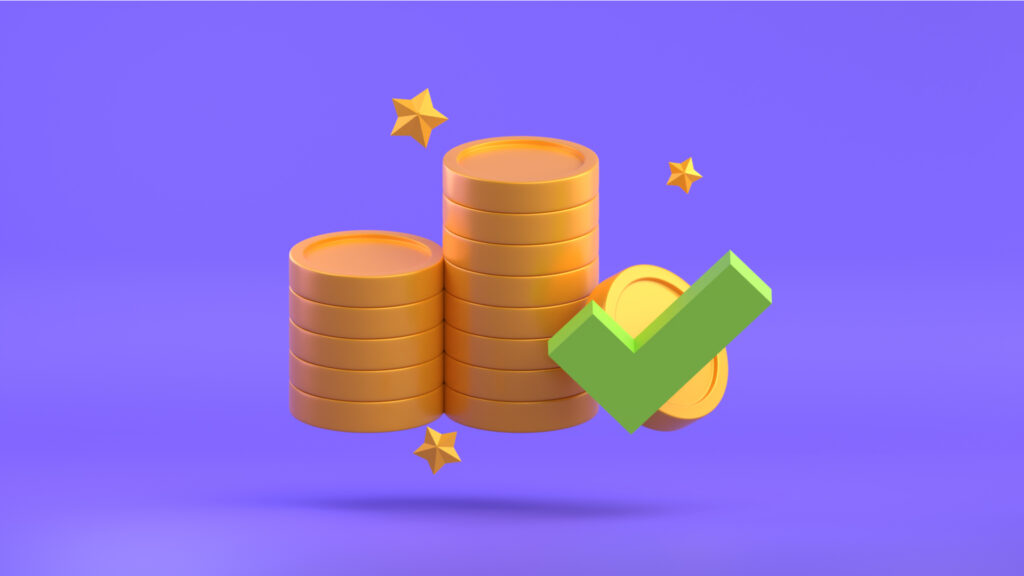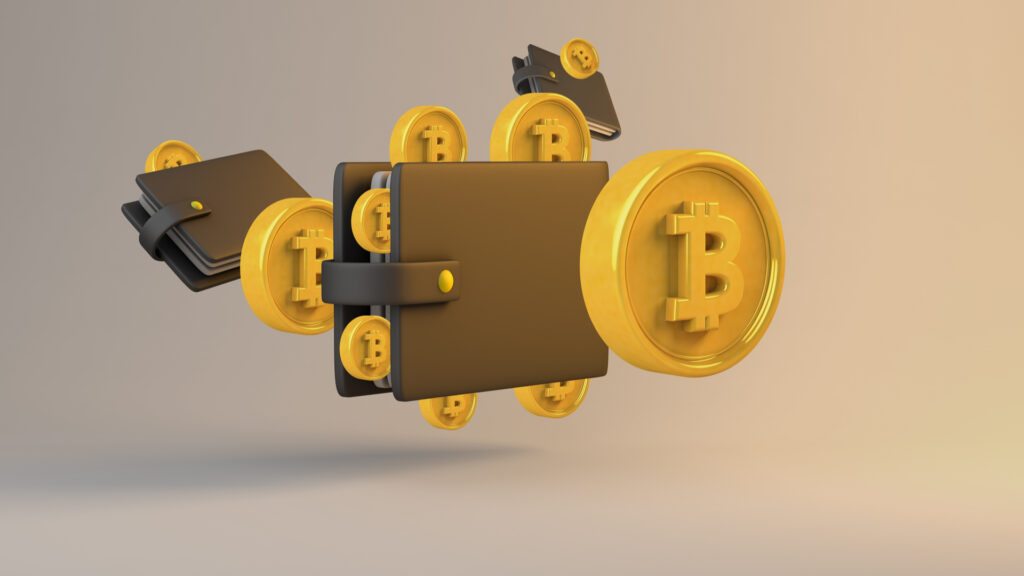Block rewards are miners’ salaries. If you want to understand the world of cryptocurrencies or mine on your own, you definitely should find out what it is and what it depends on. In this article, we explain the concept of a block reward and what will happen when this reward is equal to zero.
Block reward meaning and components

A block reward is a certain amount of new coins that a miner receives for successfully confirming an entire block of transactions. The coins are issued in the same cryptocurrency whose block the miner confirms. Many cryptocurrencies reward their miners for adding a new block unit to the blockchain, but some tokens offer new coins if you uphold certain amounts of cryptocurrency in your account. Such tokens use the Proof-of-Stake algorithm. They are environmentally friendly, since the mining of new coins does not require huge computing power and high electricity consumption rates. Moreover, such currencies are released to the market by their creators, and are not mined in the truest sense of the word. You need to be able to tell these two types of currencies apart, especially if you want to make money on crypto.
The reward per block components are the payment for finding a block and the fee for processing transactions. For finding a block, the miner is paid with new coins; this part makes up more than half of the total amount of the award. The processing fee for transactions included in the block is paid in coins that already existed before the payment was made.
What is a block reward, and how does it work?
We have already figured out the meaning of the block reward — this is the only way to create new coins in blockchain networks that use the Proof-of-Work algorithm. In the case of Bitcoin, which is the benchmark for miners, the size of the block reward, the total supply of coins, and any other technical moments are set in advance, already at the time the coin is created. Typically, the reward structure decreases over time. The creation of one block takes several minutes, and the decrease in reward occurs every couple of years. This allows you to control the amount of currency in the market without blowing out the amount of coins in circulation. And yes, at some point, there will be no reward for finding the block, so the time has come to earn money by mining coins!
Block reward vs transaction fee
The transaction fee is just another component of the overall reward for the investor. It rewards the miner and protects the network from spam attacks. Its size is not predetermined and may change depending on market conditions and network traffic. However, low fees can cause security issues in the blockchain network, as they make large attacks not particularly costly. Judge for yourself: if the fee is $1, and the transaction amount is $10,000, it will be much easier for scammers to attack the network (but not hack it — there’s a difference!) than if the fee is, say, $500. By the way, the higher the fee, the faster the transaction confirmation process will be. After all, all miners want to earn on fees and will confirm the blocks with higher rewards. In most cases, you can set the fee yourself. However, on exchanges, there is usually a certain benchmark, minimum and average fee rates for transactions in various currencies.
Bitcoin block reward

The current reward for a new Bitcoin block is 6.25 BTC. During the discovery of the very first “new” block after Bitcoin entered the market, it was equal to 50 BTC, but got smaller due to the rules of the network. Bitcoin's schedule is as follows: every 4 years, or 210,000 blocks found, the fee is cut by 50%. This is a mandatory rule. So, the bitcoin block reward halving countdown is 210,000. What happens when the bitcoin block reward is gone? The answer is simple: miners will not be able to earn new coins.
Dogecoin block reward
The reward for mining blocks of this crypto depends on the current value of the coin. If you mine at a good power (and do not consider this process as your only way to earn money), you can receive up to 6-7 DOGEs every hour. If you mine using GPUs, you can get up to two coins per day. You can find out the exact possible income only through the block reward calculator. Most often, these are free services from exchanges.
Ethereum block reward
The average block reward is 4 ETH. Nevertheless, sometimes this number grows 42 times: a story that sounds more like a film script says that this happened once with a miner who accidentally received a reward of 540 thousand dollars for confirming one block of transactions. As in the case of Bitcoin, the reward for confirming an Ethereum block is gradually decreasing, and it may disappear altogether in the future.
Mining pool block rewards
A mining pool is a group of miners that confirm blocks. A pool can be a kind of coordinator, a tool that allows you to earn more by increasing capacity. It can also be a commercial project, as most pools charge a commission from their members. Usually, it does not exceed 3% of earnings. The reward is divided among the members of the pool who are mining block rewards either equally, or in accordance with the contract, or in accordance with the work performed. There are many options for distributing earned money, and different pools use different systems. There is no institutional control over it.
Does the block reward app signal a new era for miners?
This is an app that allows you to earn cryptocurrency by completing simple tasks or making purchases. It offers daily rewards for user activity, a convenient referral programme, withdrawals from a $1 minimum threshold, and crypto payouts for watching videos and downloading apps. Can you consider this a new way for miners to earn cryptocurrency? That’s unlikely. This does not apply to getting new coins and does not duplicate the mining process in any way. We advise you to be careful with this kind of applications and study them before you start “making money” with them.